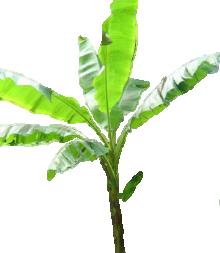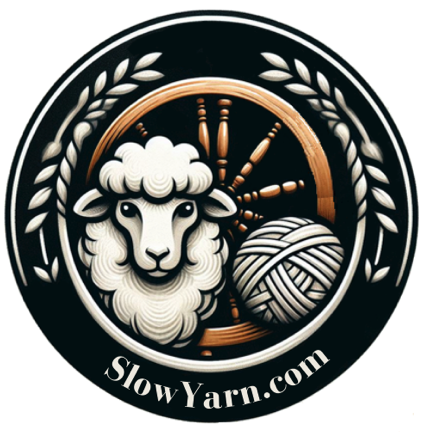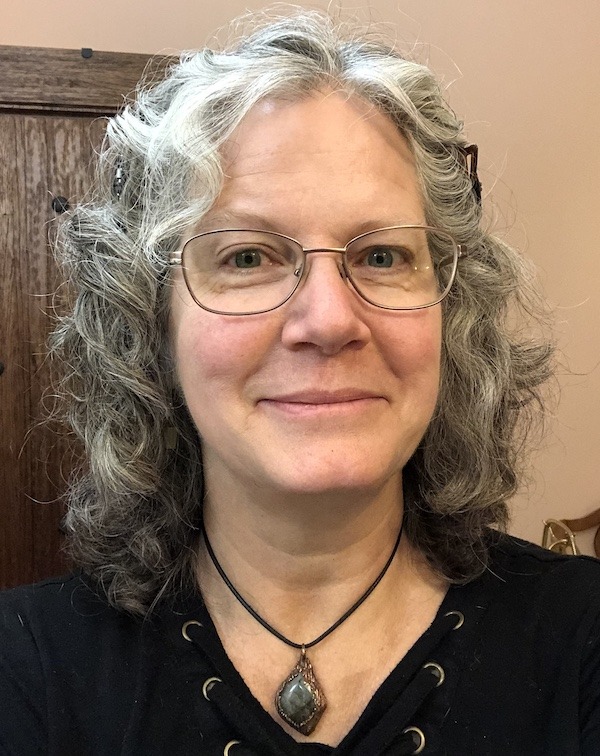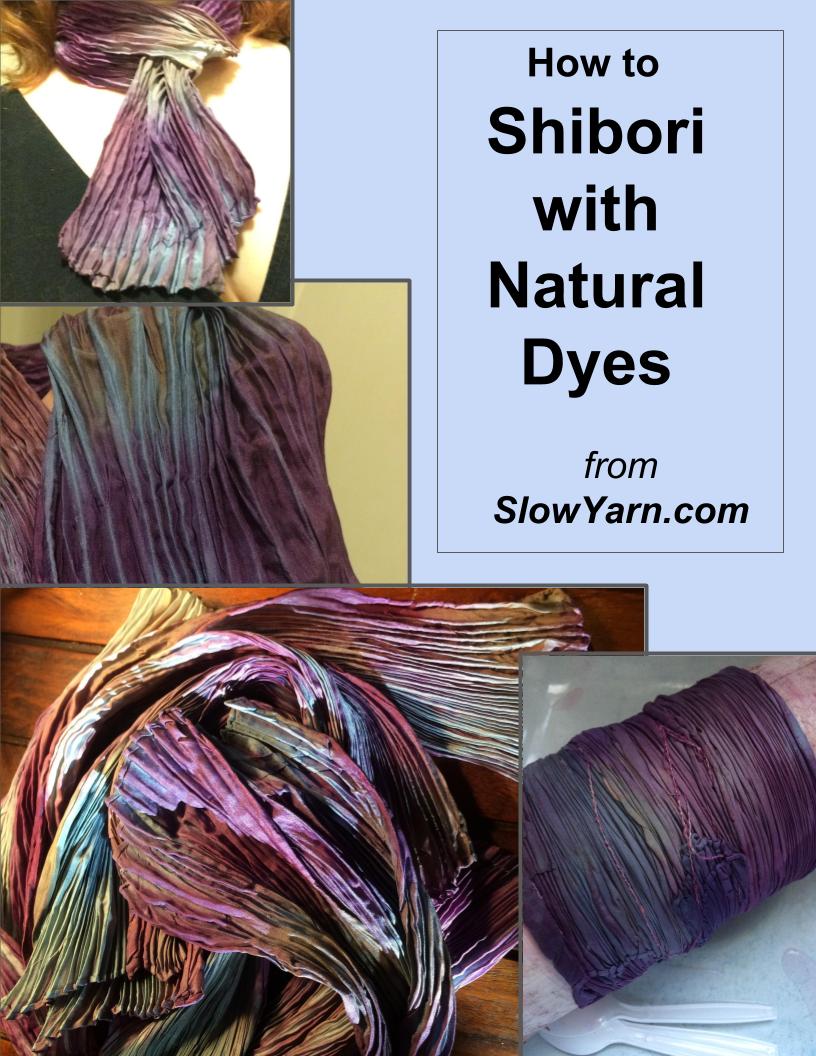Most of my articles here on SlowYarn.com are related to spinning or weaving, but this article covers fibers from fuzz to fabric.
There are a number of plant-based fibers with silk-like qualities that are available to handspinners and as yarn for knitters. Most of these fibers are being used for eco-conscious clothing all over the world. Because they are manufactured, there is some debate about how “natural” these fibers are. They are not made from plastic or any petroleum product, but the eco-footprint of their manufacture can make them a little bit questionable as far as eco-friendly fibers go. They are all made using chemicals in one way or another to break down the fibers, then to re-assemble (polymerize) those fibers for extrusion. Some of those processes carefully reuse the chemicals and don’t allow any into the environment, while other processes allow caustic sodium hydroxide to leach out as waste.
A word about “polymerization”: I’ve heard people jump to the conclusion that this means there is plastic in these fibers. That isn’t actually the case. No petroleum products are introduced in the reprocessed cellulose or protein fibers. The term “polymerization” is just a description of the chemical process of bonding molecules into a long chain.
Rayon:
Rayon is also known as “viscose,” and is a fiber made from wood pulp broken down into cellulose bits, polymerized, then extruded into fine, smooth fibers. This mimics the way spiders or silkworms produce their silk, leaving each strand of fiber with a smooth, round surface. Fabric made with Rayon has a lovely, heavy drape and is comfortable next to the skin, wicking moisture and comfortable in all weather. It takes dye like any cellulose fiber would, similar to cotton. The fabric known as “rayon” has been around for over a hundred years. Many newer versions of rayon are being made now, but are usually labeled according to their source plant rather than generically as “rayon.”
Bamboo:
Bamboo can be produced into two distinct types of fiber. One type, bamboo linen, (also known as bamboo hemp,) is made very much like other bast fibers such as linen, ramie, or hemp. The stems of the bamboo grass are broken down into strands of fiber, combed and cleaned, and spun into a thread. It is a labor-intensive process for any type of bast fiber. Bamboo hemp isn’t common. The more popular modern form of bamboo fiber is the bamboo silk, made with the same process as viscose, or rayon.
The increased production of bamboo silk in recent years has raised questions about how ecologically sound it is. While the bamboo plant is one of the most easily sustainable resources on earth, and growing it requires far less in the way of pesticides or chemicals than cotton does, the production of the silk can involve caustic sodium hydroxide (lye) to break down the fibers, in a process which loses about half of the chemical into the wastewater. There is also concern about factory workers who inhale the fumes, and the long-term health costs of that inhalation.
Recently some manufacturers have been using a different process which is much less toxic and which reuses the chemicals involved. This process is called the Lyocell process, and was developed for the manufacture of the brand name fiber “Tencel.” Not all bamboo silk labels which process was used to make it, so those adamant about using only eco-friendly fibers may wish to avoid bamboo silk. There is also some question about the claims that the fiber is anti-microbial, as it has been so heavily processed that those original characteristics of the bamboo plant are unlikely to have survived.
Tencel:
This is a brand name for the lyocell fiber made from eucalyptus tree pulp, broken down with the ecologically sound lyocell process and extruded into a form of viscose. This cellulose fiber really is friendly to the environment, made with a closed loop cycle which doesn’t dump chemicals in the manufacture. This is a beautiful rayon, with silky drape and comfortable feel. The fabric has that great property that most cellulose fibers have, in that it wicks moisture away from skin.
Seacell:
This cellulose fiber is made with the same lyocell process as Tencel and some Bamboo, but the plant source is seaweed.
Modal:
Another cellulose fiber made with the lyocell process with beechwood as the source of wood pulp.
Banana, Manilla Hemp, or Abaca:
This fiber is not made with the rayon extrusion processes but is made with the methods used in bast (stem) fibers like linen or hemp. Trimming and pruning of the banana plant leaves and stems can be reduced with water by soaking, pounding, and cleaning to release the silky fibers. Different parts of the stem give different qualities of fiber, ranging from a durable fiber suitable for upholstery fabric and towels to fine and silky inner fibers, which are suitable for next-to-the-skin garments. The same banana fibers are used for making a durable, beautiful paper, known as abaca.
Ingeo:
This unusual modern fiber is made with a process similar to rayon, but it is formed from corn. The same process of polymerizing the corn plant protein is used to make bio-degradable corn plastic, as well as corn fiber. The fiber is soft, similar to silk, but some handspinners say it has a plastic feel to it.
Casein:
This is another protein fiber reprocessed from milk proteins. Casein, or milk protein, has been used for centuries as a binder in paint. In the fiber, it is polymerized and extruded.
Soy Silk:
Yet another plant protein fiber, soy silk is a byproduct of tofu manufacture. It is probably the best known of the new reprocessed fibers. Its texture is very much like true silk, and it takes dyes very much like silk. It is a less expensive alternative for handspinners, and for making silk fusion.
pulp.
Comments are always welcome here at SlowYarn! Tell us what you think, share your ideas, or comment on the content. Or you can contact me directly at Kelley@SlowYarn.com.
Thanks!
–Kelley
Copyright © 2013-2023 Kelley Adams. All rights reserved.
All text, photos, and graphics are the property of Kelley Adams unless credit is given to an alternative source.










